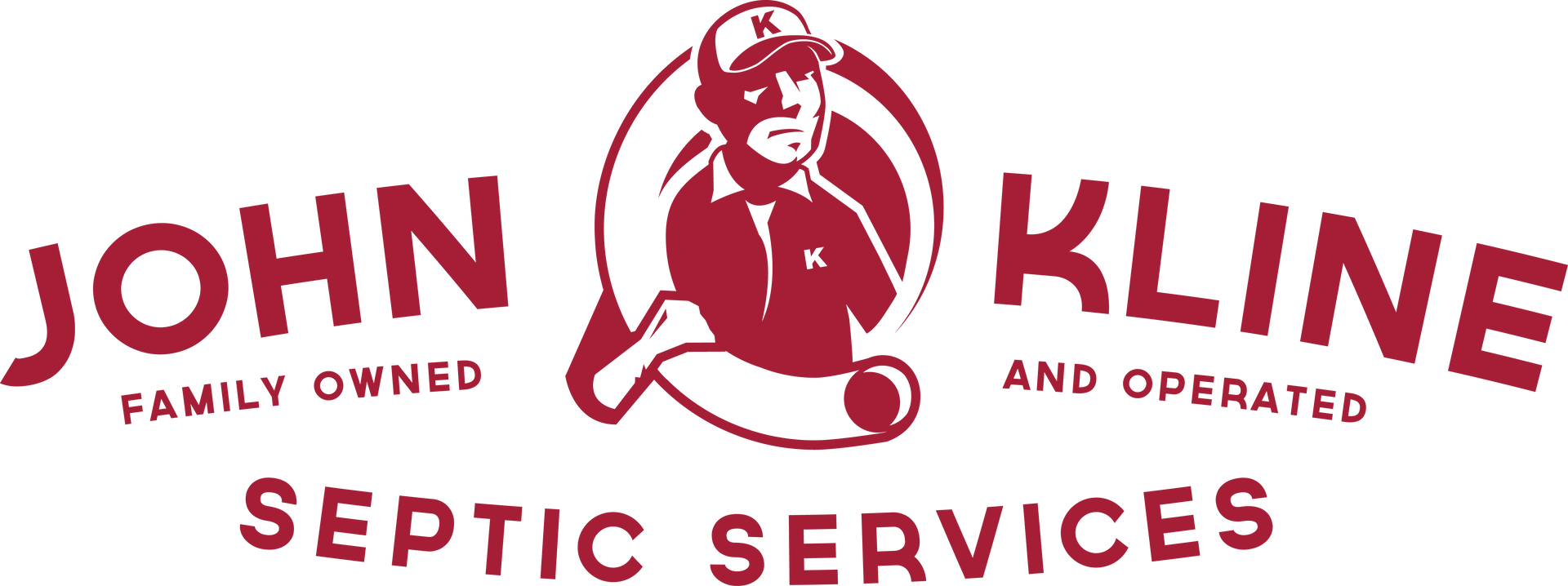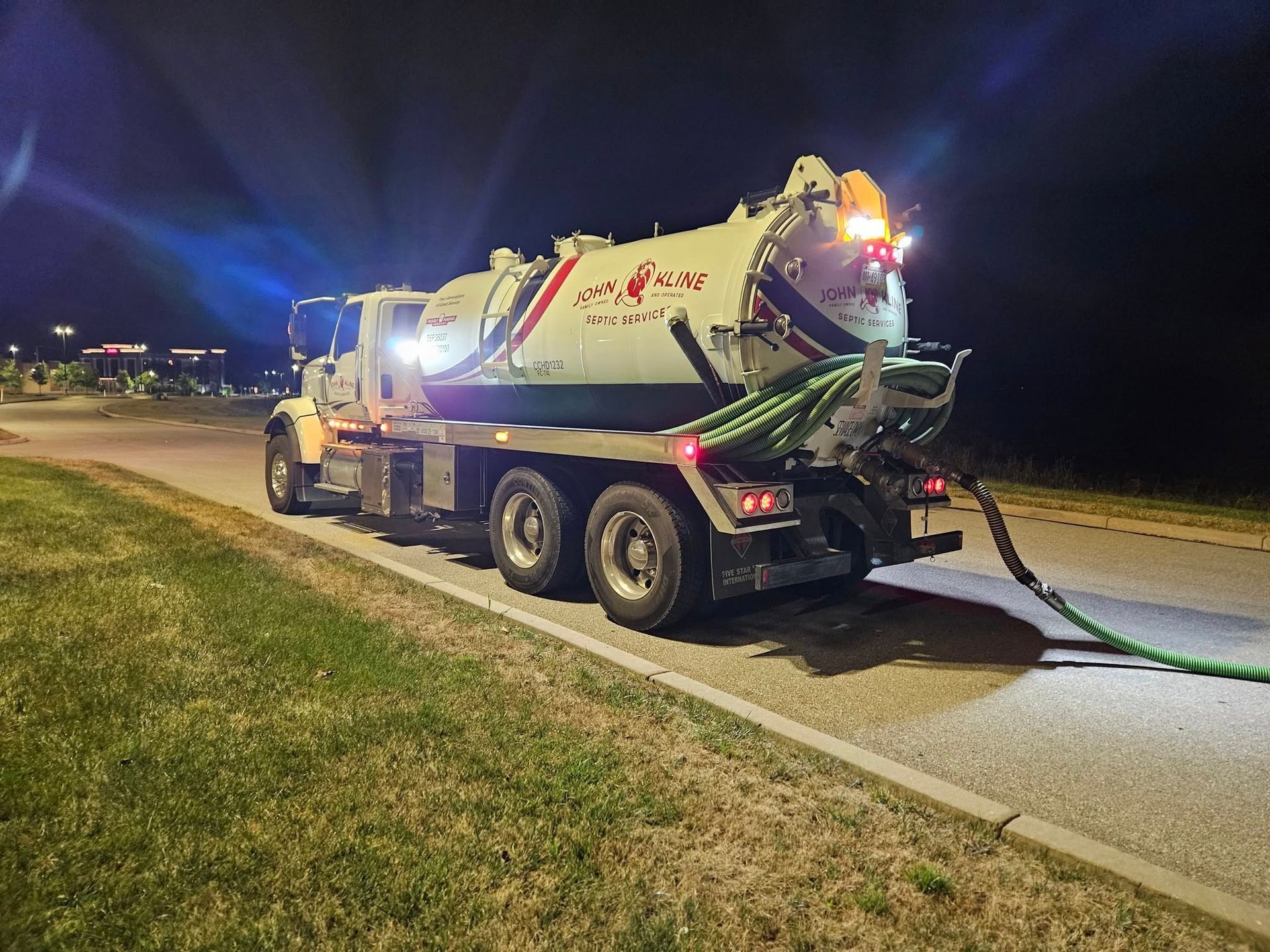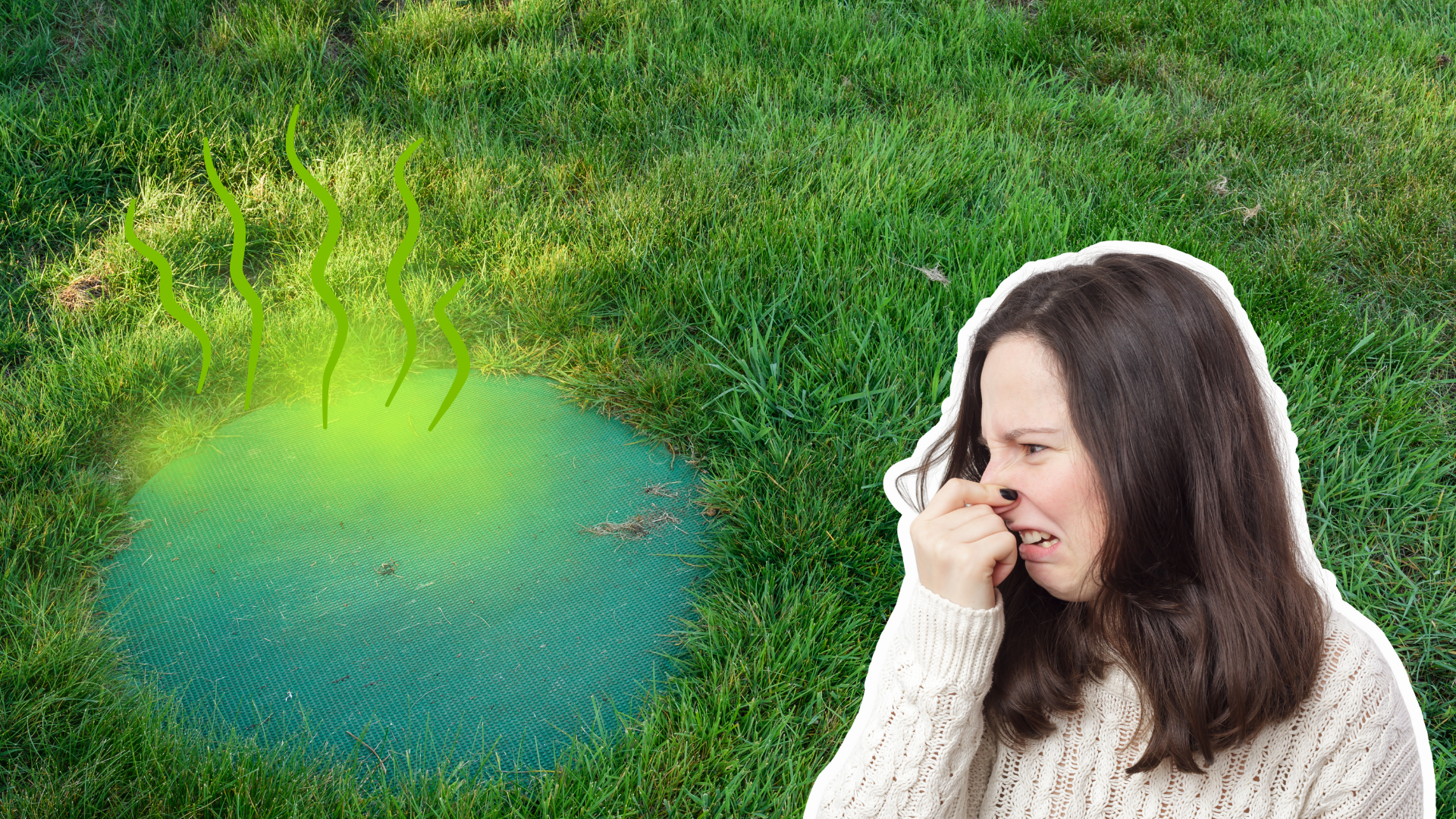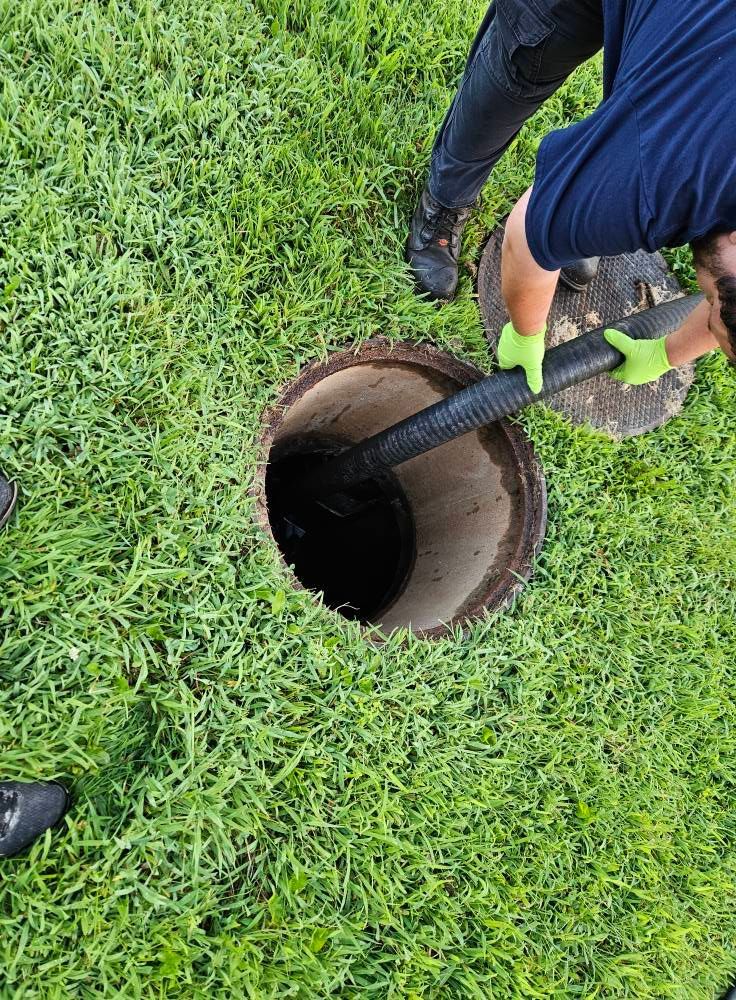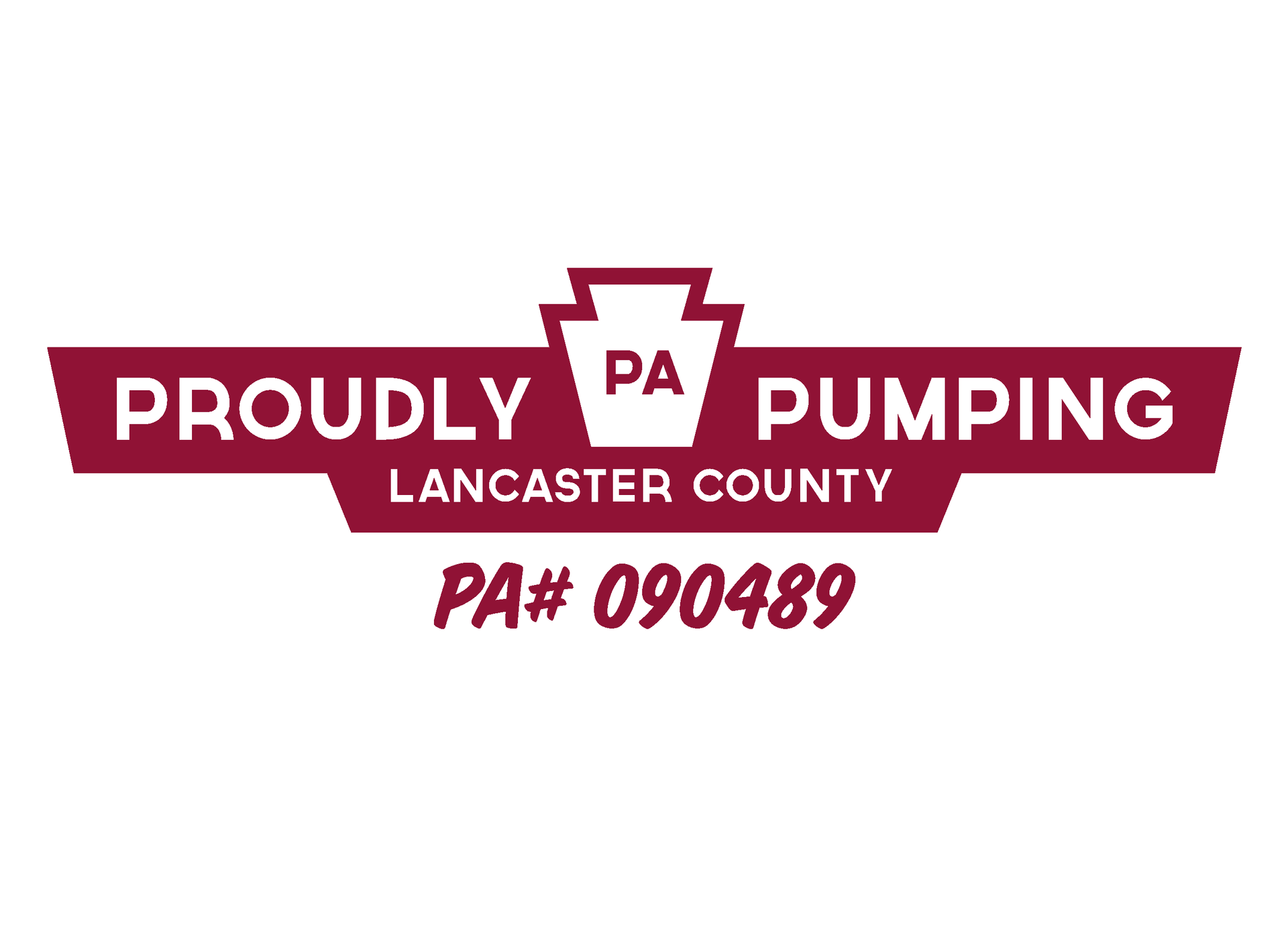If You're Buying a Home with a Septic System, Here's Why You Need an Inspection
Most homeowners don’t give their septic system much thought until something goes wrong, and by then it’s often too late. Septic system repairs can be costly, so if you’re buying a home with a septic system, it’s a good idea to have it inspected to ensure that it’s working properly before you make it to closing day. The last thing you want is a $15,000 problem weeks after moving into your new home.
Home inspectors will walk through your home and check for things like structural safety, air quality, lead paint or mold - everything
inside your home. Most are not trained to perform an inspection of your septic system or the service is not offered at all. That's why it's important to call a
septic system expert. Our technicians are PSMA certified and licensed to complete
septic inspections in Central Pa, plus we've been in the generation for 4 generations so you know when you call John Kline Septic, you're in good hands. After the inspection we'll provide you with a septic certification, a written document stating that an onsite sewage disposal system has been inspected and found to be in satisfactory condition according to current standards. We work directly with realtors to make the process as simple as possible for all parties.
When you schedule a septic inspection with us, we’ll identify the location, size and layout of the septic system and answer any questions you may have as a potential home buyer. In most cases we'll perform a routine septic system pumping at the time of your inspection as well.Under normal home sale agreements, buyers are responsible for the cost of a septic inspection, while the current owner is responsible for the septic pumping/clean out.
Occasionally, in addition to a regular inspection you'll need a
hydraulic load test to determine whether or not your septic system is functioning properly. A hydraulic load test requires two days to complete. On Day 1, the technician measures and records the water level in the absorption area and then begins adding clean water. Water is added until the absorption area reaches its maximum capacity or the full specified daily volume is introduced. The technician then measures and records the water level in the absorption area again. On Day 2, the technician returns and measures the water level in the absorption area and adds clean water for a second time to make sure the tank will return to regular levels.
A Hydraulic Load Test is Needed...
- If you're buying or selling has been vacant for more than 7 days
- If there's going to be new sources of waste water added
- If there are signs that the tank has been leaking
As a homeowner it's important to think of a septic system as another utility, just like your furnace or water softener. You wouldn't buy a home with a broken HVAC system, would you? With that in mind, remember to have a thorough septic inspection completed before buying any home with a septic system. You'll be glad you did in the long run! For more information,
contact us today and ask for Kyle Kline, our certified septic inspector. Kyle works with buyers and sellers or is happy to communicate directly through your realtor to make the process as simple as possible.
